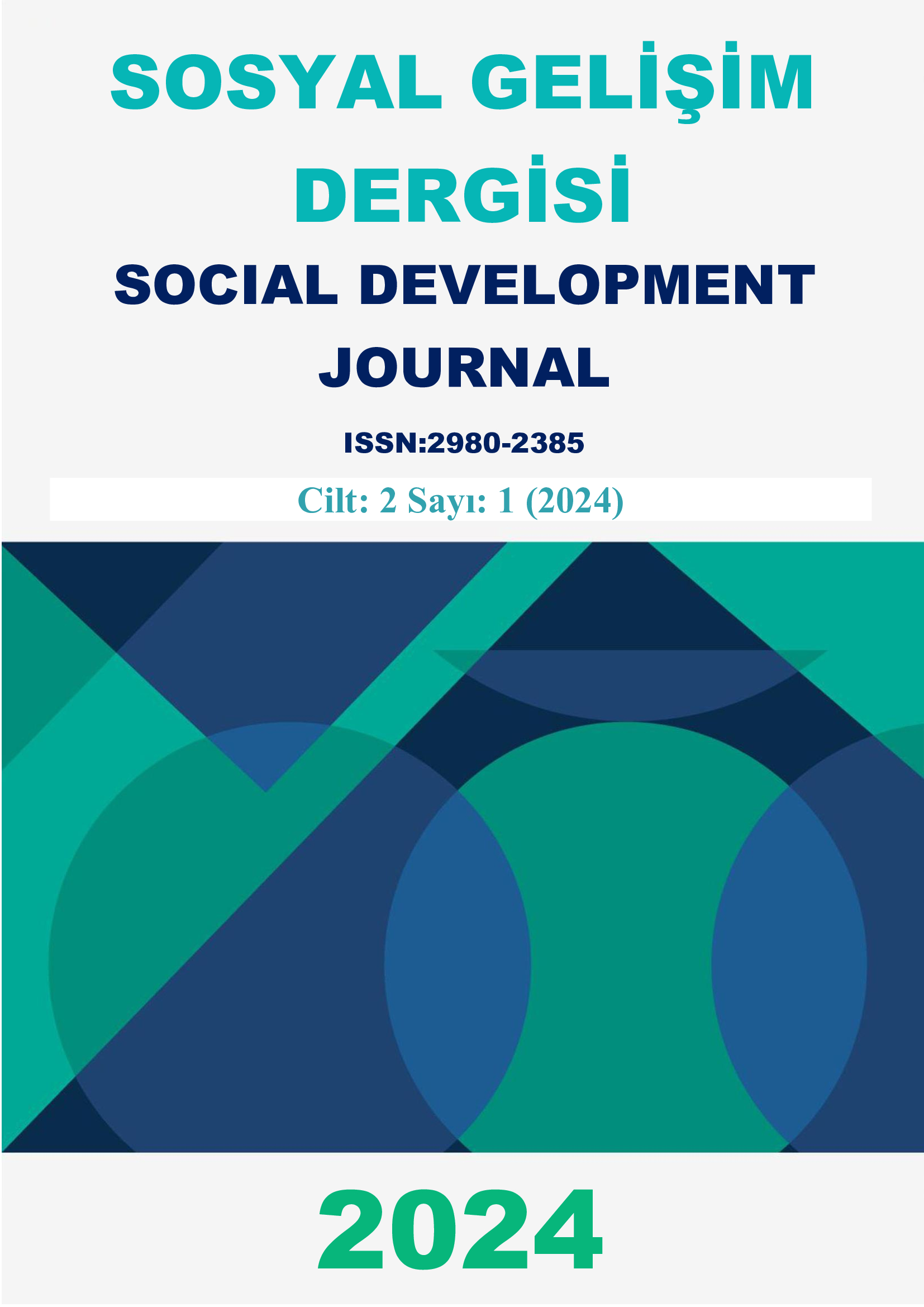The Impact of Job Satisfaction on Teacher Leadership among Secondary School Teachers
Keywords:
Professional Satisfaction, Teacher Leadership, Educational Management, Secondary School TeachersAbstract
This study aims to examine the effects of the professional satisfaction levels of secondary school teachers in Ankara on teacher leadership. In the study conducted using the descriptive and relational screening model, the relationships between the professional satisfaction levels and leadership behaviors of 246 teachers were examined. Data were collected with the Teacher Professional Satisfaction Scale and the Teacher Leadership Scale. The findings show that the professional satisfaction levels of teachers are generally at a moderate level (mean score 95.45). A positive and significant relationship was found between professional satisfaction and teacher leadership (r=0.56, p<0.001). Regression analysis shows that each unit increase in professional satisfaction leads to a 0.45 unit increase in teacher leadership score (B=0.45, p<0.001). When the sub-dimensions of professional satisfaction are examined, it is seen that the effect of administrative characteristics on teacher leadership is higher (B=0.28, p<0.001). This finding shows that teachers' greater participation in administrative processes positively affects their leadership behaviors. As a result, it was determined that teachers' professional satisfaction levels have a significant and positive effect on teacher leadership. The increase in professional satisfaction strengthens teachers' leadership behaviors and contributes to their taking a more effective role in educational processes.
References
Aksoy, H. H. (2021). Öğretmen Liderliği Ölçeği Geliştirilmesi ve Geçerlik Güvenirlik Çalışması. Eğitim ve Bilim Dergisi, 46(2), 88-105.
Bass, B. M., & Avolio, B. J. (1994). Improving organizational effectiveness through transformational leadership. Sage.
Blase, J., & Blase, J. (1999). Principal's instructional leadership and teacher development: Teachers' perspectives. Educational Administration Quarterly, 35(3), 349-378.
Cohen, L., Manion, L., & Morrison, K. (2007). Research methods in education (6th ed.). Routledge.
Day, C. (2000). Effective leadership and reflective practice. Reflective Practice, 1(1), 113-127.
Day, C., & Leithwood, K. (2007). Successful principal leadership in times of change: An international perspective. Springer Science & Business Media.
Dinham, S., & Scott, C. (1998). A three domain model of teacher and school executive satisfaction. Journal of Educational Administration, 36(4), 362-378.
Fullan, M. (2001). Leading in a culture of change. Jossey-Bass.
Guskey, T. R. (2002). Professional development and teacher change. Teachers and Teaching, 8(3), 381-391.
Hakanen, J. J., Bakker, A. B., & Schaufeli, W. B. (2006). Burnout and work engagement among teachers. Journal of School Psychology, 43(6), 495-513.
Hallinger, P., & Heck, R. H. (1998). Exploring the principal's contribution to school effectiveness: 1980-1995. School Effectiveness and School Improvement, 9(2), 157-191.
Harris, A. (2003). Teacher leadership as distributed leadership: Heresy, fantasy or possibility?. School Leadership & Management, 23(3), 313-324.
Harris, A., & Lambert, L. (2003). Building leadership capacity for school improvement. McGraw-Hill Education.
Harris, A., & Muijs, D. (2005). Improving schools through teacher leadership. McGraw-Hill Education.
Ingersoll, R. M. (2001). Teacher turnover and teacher shortages: An organizational analysis. American Educational Research Journal, 38(3), 499-534.
Judge, T. A., Thoresen, C. J., Bono, J. E., & Patton, G. K. (2001). The job satisfaction–job performance relationship: A qualitative and quantitative review. Psychological Bulletin, 127(3), 376-407.
Katzenmeyer, M., & Moller, G. (2009). Awakening the sleeping giant: Helping teachers develop as leaders. Corwin Press.
Klassen, R. M., & Chiu, M. M. (2010). Effects on teachers’ self-efficacy and job satisfaction: Teacher gender, years of experience, and job stress. Journal of Educational Psychology, 102(3), 741-756.
Leithwood, K., & Jantzi, D. (2000). The effects of transformational leadership on organizational conditions and student engagement with school. Journal of Educational Administration, 38(2), 112-129.
Leithwood, K., Jantzi, D., & Steinbach, R. (1999). Changing leadership for changing times. McGraw-Hill Education.
Lieberman, A., & Miller, L. (2004). Teacher leadership. Jossey-Bass.
Northouse, P. G. (2018). Leadership: Theory and practice. Sage Publications.
Peterson, K. D., & Deal, T. E. (1998). How leaders influence the culture of schools. Educational Leadership, 56(1), 28-30.
Skaalvik, E. M., & Skaalvik, S. (2011). Teacher job satisfaction and motivation to leave the teaching profession: Relations with school context, feeling of belonging, and emotional exhaustion. Teaching and Teacher Education, 27(6), 1029-1038.
Spector, P. E. (1997). Job satisfaction: Application, assessment, causes, and consequences. Sage Publications.
Spillane, J. P., Halverson, R., & Diamond, J. B. (2001). Investigating school leadership practice: A distributed perspective. Educational Researcher, 30(3), 23-28.
Şener, B., & Çoban, B. (2020). Öğretmen Mesleki Tatmin Ölçeği Geliştirilmesi ve Geçerlik Güvenirlik Çalışması. Eğitim Yönetimi Dergisi, 26(1), 45-67.
York-Barr, J., & Duke, K. (2004). What do we know about teacher leadership? Findings from two decades of scholarship. Review of Educational Research, 74(3), 255-316.
Yukl, G. (2013). Leadership in organizations. Pearson Education.
Downloads
Published
How to Cite
Issue
Section
License
Copyright (c) 2024 SOSYAL GELİŞİM DERGİSİ

This work is licensed under a Creative Commons Attribution 4.0 International License.


